Which Fish?

The main goal of the European Association of Zoos and Aquaria (EAZA) campaign entitled “Which Fish?” is to draw attention to the plundering of the seas and oceans. At Prague Zoo, we will join the campaign on Monday 8 June, to celebrate World Oceans Day, during which we will turn our full attention to the plight of sharks and other endangered cartilaginous fish.
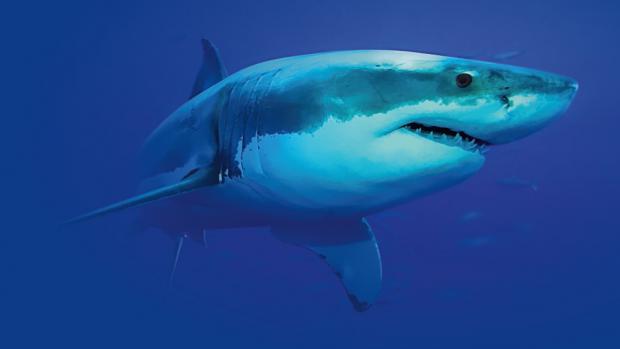 White shark. Illustration photo: Shutterstock
White shark. Illustration photo: Shutterstock
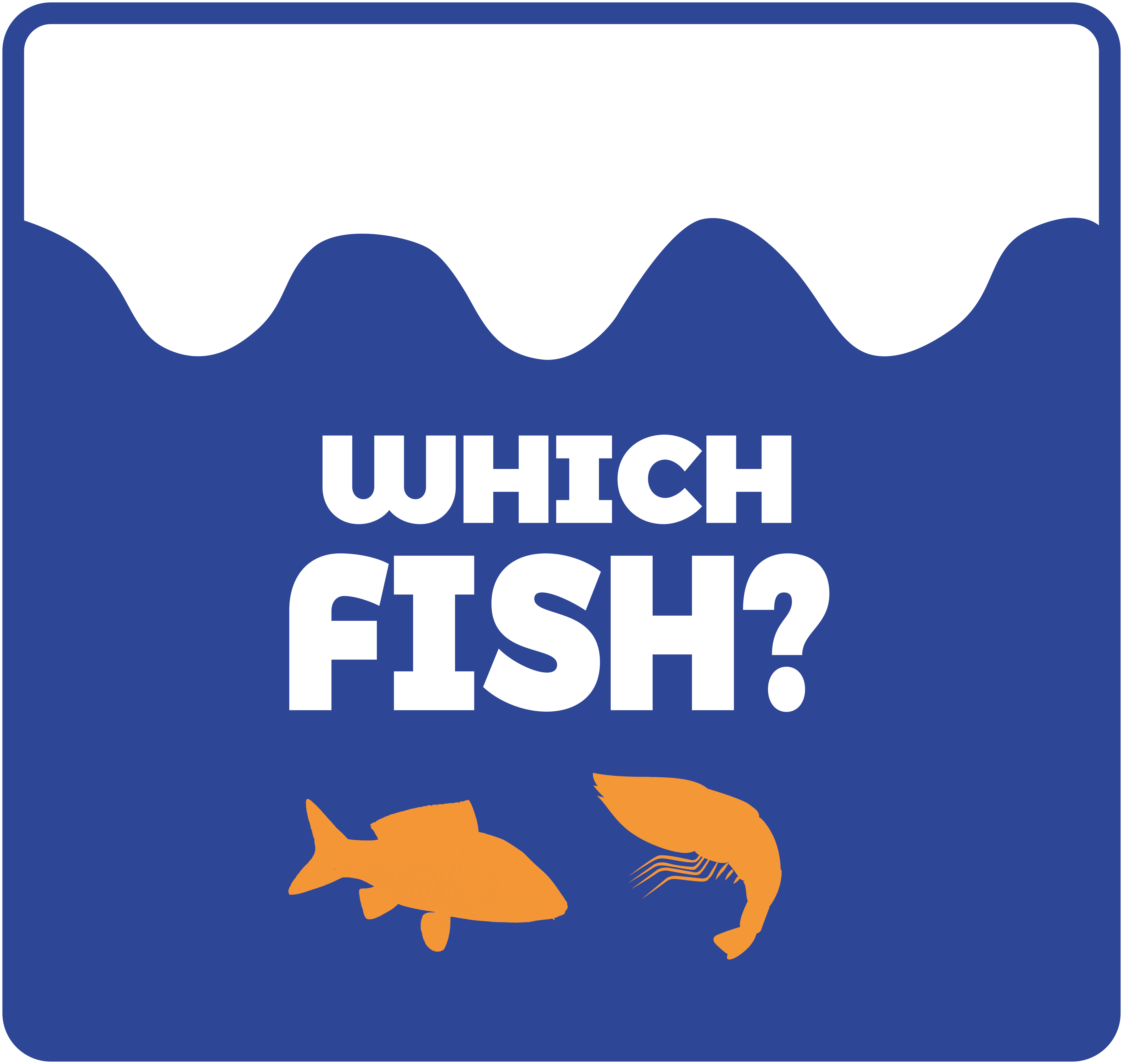 Which Fish? is a campaign organised by the European Association of Zoos and Aquaria (EAZA). The campaign aims to reduce the devastating impact of industrial fishing and commercial activities on the environment and life in the seas and oceans.
Which Fish? is a campaign organised by the European Association of Zoos and Aquaria (EAZA). The campaign aims to reduce the devastating impact of industrial fishing and commercial activities on the environment and life in the seas and oceans.
www.whichfish.eu
Sharks – endangered rulers of the seas
- Oceans make up 70 % of our Earth’s surface and they have a major impact on the planet’s environment. Sharks are an important part of this – as successful predators they keep fish populations healthy.
- Cartilaginous fish, which includes sharks, rays, skates, and chimaeras, arose over 400 million years old. This means the sharks have survived the dinosaurs. But today they are at risk. Within a few decades we have been able to threaten this evolutionarily successful group with extinction. Shark populations that have been reduced by intensive hunting are not recovering fast enough. Both sharks and rays have a long gestation and relatively few young, which grow slowly and mature late.
TRY TO AVOID ALL SHARK PRODUCTS, such as shark steaks, shark liver oil, preparations made of shark cartilage to aid joints and more.
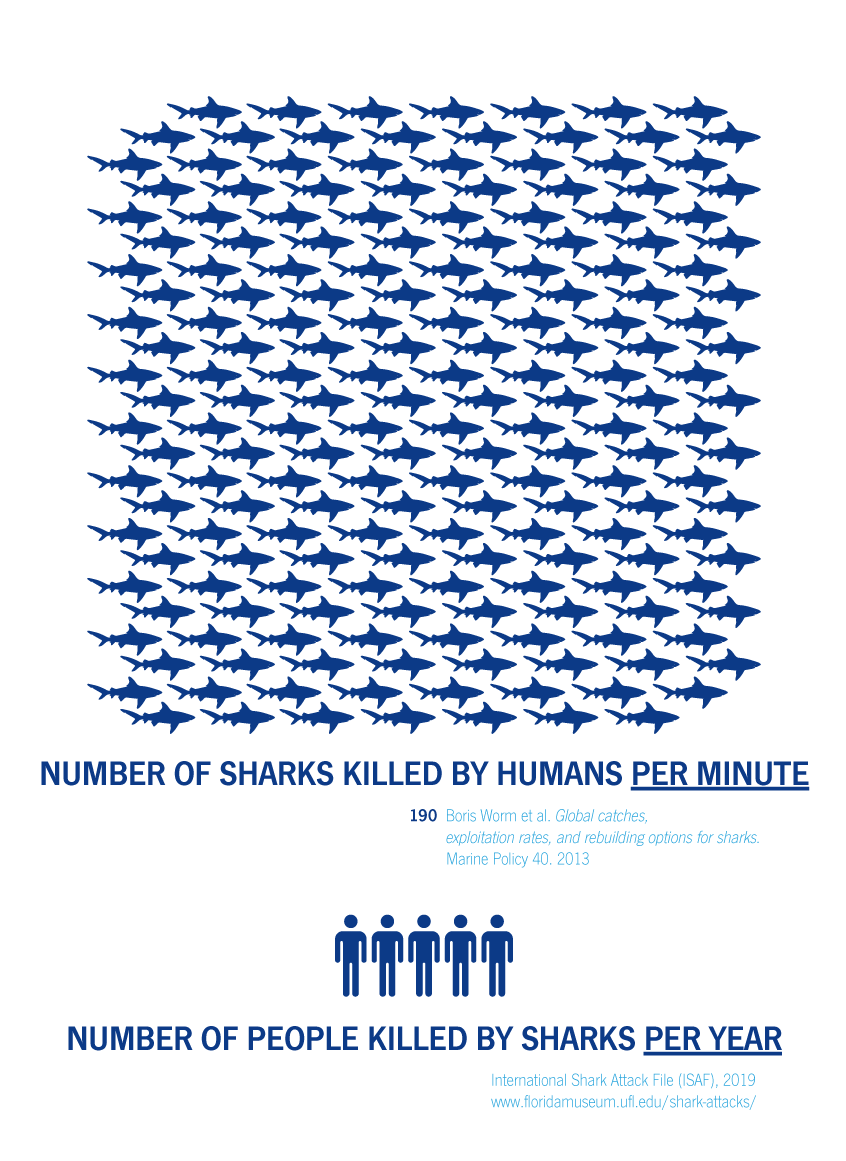
The biggest threat – industrial fishing
- The mass fishing of sharks for their fins
- Shark fins are mainly used in Asia as an ingredient in shark fin soup, a local luxury.
- An average of 3,500 tonnes of shark fins are exported from the EU each year* and an average of 100 million sharks are killed annually worldwide due to shark products**.
* Felix Dent, Shelley Clarke. State of the global market for shark products. FAO. Rome. 2015
** Boris Worm et al. Global Catches, exploitation rates, and rebuilding options for sharks. Marine Policy 40. 2013 - By catch
- Industrial fishing often results in catching species that were not originally targeted. These are called by-catches and in addition to sharks may also include dolphins, turtles and seabirds. - Overexploitation and pollution of the seas and oceans
- Industrial fishing contributes a considerable amount to polluting the oceans with plastic. Every year, an average of 640,000 tonnes of fishing equipment ends up in the oceans, equivalent to about 450,000 Skoda Octavia cars.
- The unsustainable methods used by industrial fisheries, such as bottom-trawling nets, destroy marine habitats, including coral reefs.
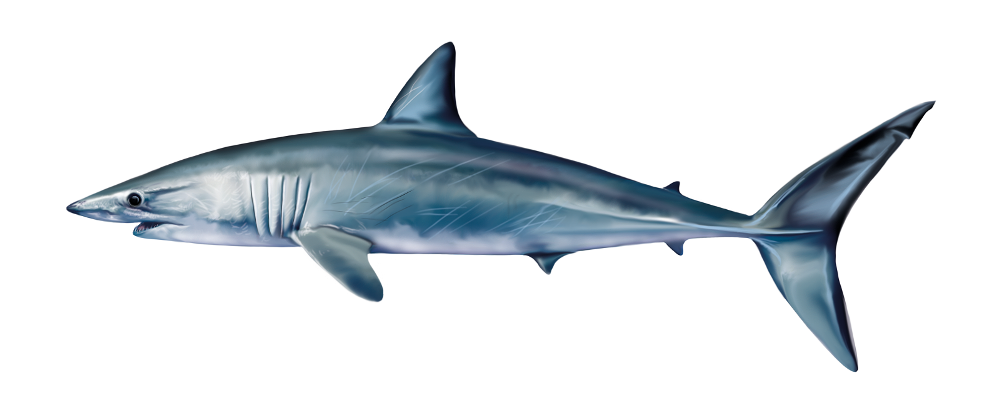
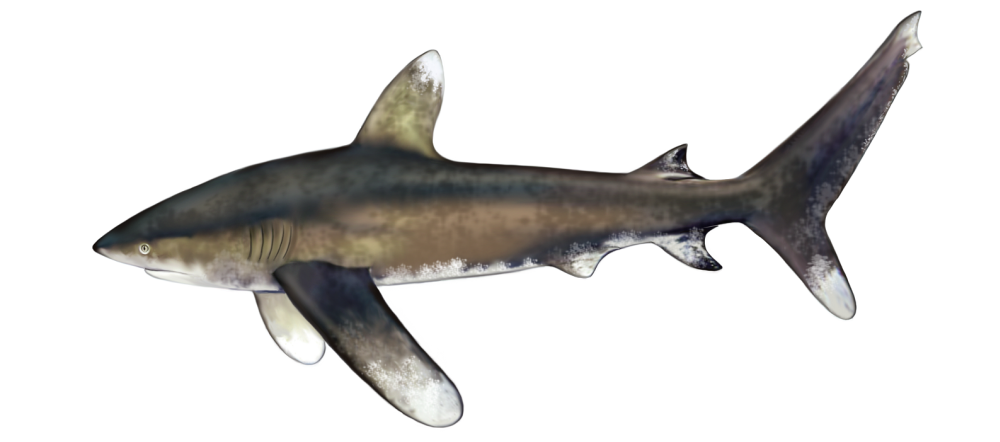

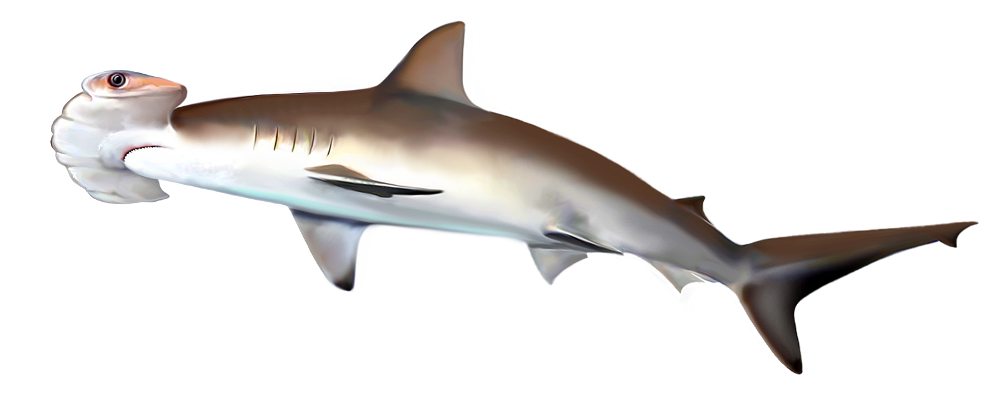
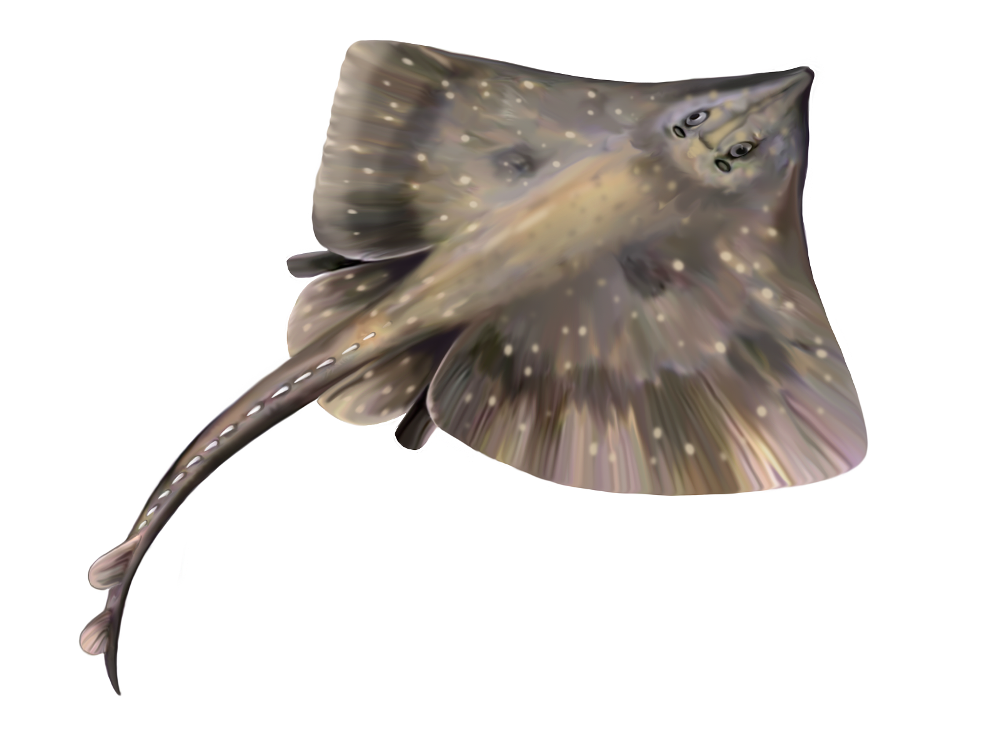
ZOOPRAHA.CZ
Contacts
- The Prague zoological garden
U Trojskeho zamku 120/3
171 00 Praha 7
Phone.: (+420) 296 112 230 (public relations department)
e-mail: zoopraha@zoopraha.cz
Others








